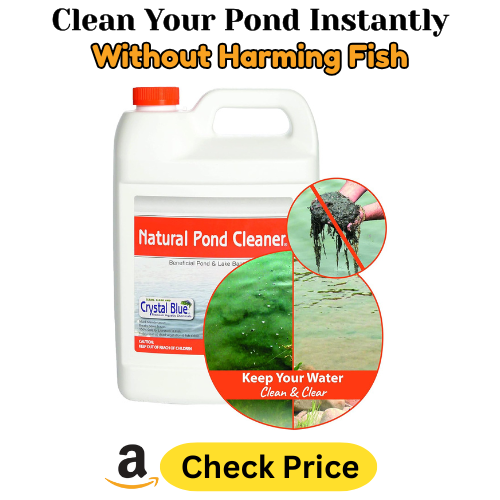Turtles are fascinating additions to any pond, but keeping the right number of turtles is essential for both their health and the overall balance of the pond ecosystem. Overcrowding can lead to stress, territorial disputes, and poor water quality, while having too few turtles may reduce the pond’s natural biodiversity. Understanding the ideal turtle density and how pond size, depth, and species affect their living space is key to maintaining a healthy pond environment.
Recommended Turtle Density
A commonly used guideline is one adult turtle per 100 to 200 gallons of water, depending on the species and pond design. This allows each turtle enough space for swimming, basking, and feeding without overcrowding. For instance, a 1,000-gallon pond could comfortably house between 5 and 10 adult turtles. Smaller species, like pond sliders, may tolerate higher densities, while larger species, such as snapping turtles, need more space per individual.
It’s important to consider both surface area and water volume. Turtles need plenty of open swimming space, especially at the surface, in addition to the water depth they require to move freely and hide when threatened. A crowded pond can quickly become stressed, leading to aggressive behavior, disease outbreaks, or stunted growth.
Pond Size and Depth Considerations
The size and depth of the pond play a major role in determining how many turtles it can support. Shallow areas around 2 to 3 feet deep are ideal for basking, feeding, and supporting aquatic plants that turtles use for shelter and nutrition. Deeper sections, at least 4 to 5 feet, provide turtles with a safe retreat during extreme temperatures or when predators are nearby.
A larger pond can support more turtles, but it’s critical to maintain open swimming space and avoid cluttering the pond with too many structures or decorations. Gradual slopes from shallow to deep areas help turtles move safely while promoting natural habitat diversity.
Species-Specific Needs
Different turtle species have varying space and habitat requirements. For example:
-
Red-eared sliders and painted turtles are relatively small and active swimmers. They thrive in medium-sized ponds with plenty of surface space and basking areas.
-
Snapping turtles grow large and are more territorial. They need deeper ponds with substantial swimming room and fewer neighbors to avoid conflict.
-
Box turtles, which spend more time on land, require additional dry areas for resting and foraging.
Understanding the adult size and natural behavior of the species in your pond helps determine the appropriate number of turtles to keep.
Maintaining a Healthy Turtle Pond
Even with the right number of turtles, pond management is essential. Regular cleaning and a good filtration system prevent waste buildup, maintain oxygen levels, and keep algae under control. Adding floating logs, rocks, and aquatic plants gives turtles areas to bask, hide, and reduce competition.
Turtles also produce waste that can affect water quality, so monitoring ammonia, nitrates, and oxygen levels is important, especially in smaller ponds or during hot summer months. Providing multiple basking spots and hiding places reduces stress and helps maintain a balanced ecosystem.
Signs of Overcrowding
It’s important to watch for indicators that a pond is overstocked:
-
Aggressive behavior or frequent fighting between turtles
-
Uneaten food leading to water pollution
-
Excessive algae or murky water caused by waste accumulation
-
Stunted growth or weight loss in turtles
If any of these signs appear, it may be necessary to reduce the number of turtles or expand the pond.
Conclusion
The number of turtles in a pond depends on water volume, pond design, and species size. Following the guideline of one adult turtle per 100 to 200 gallons of water ensures that each turtle has enough space to swim, feed, and bask. Proper pond maintenance, adequate depth, and habitat features such as logs, rocks, and aquatic plants help support a balanced and healthy turtle population. By planning carefully, you can create a pond environment where turtles thrive and coexist peacefully year-round.


